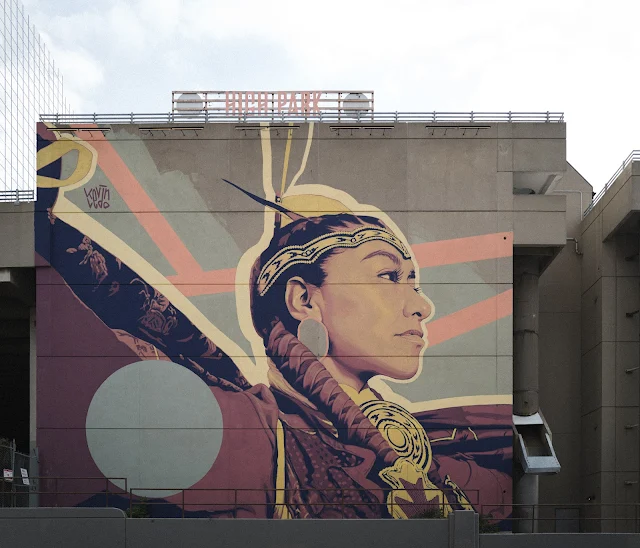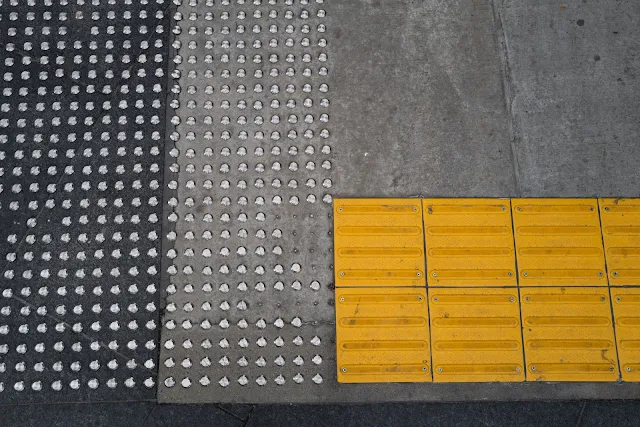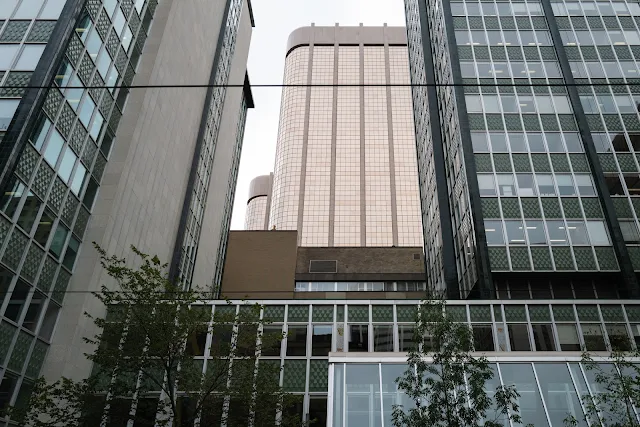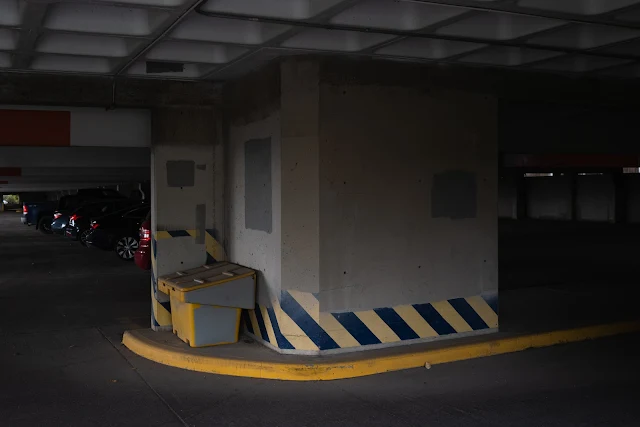Architexture
Surface Design Research
What is surface design?
I find it a little unclear where exactly graphic design ends and surface design but Shannon McNab defines it as:Surface design is any type of artwork (pattern, illustration, hand lettering, etc.) made by a designer that is intended to be applied to a surface to enhance its visual appearance and/or functionality.
Also, in
her video
Elizabeth Silver discusses how some purist believe surface design is a term
reserved only for pattern making but she argues that "any art created to be mass
manufactured on a product surface" is surface pattern design, or more loosely surface design.
After doing some research I
personally understand it as any design intended for the surface of a
three-dimensional object. This excludes things such as posters and billboards
where the focus is mainly two-dimensional, but I would included murals as
the three-dimensional aspect of the building is considered.
Streets & Architecture

Something that caught my eye with architecture was how it uses surface design to add some visual interest to otherwise boring features. Flat walls can have depth simply by using a repeating pattern of colour or simple texture. Sometimes the design has a function but it doesn't have to.
That kind of surface design is a planned way to add vibrancy to the streets but what I find the most intriguing is the unplanned surface design added to buildings. Stuff like stickers, graffiti and murals. In opposition to the designer of the building's surfaces making the decision about how street and surrounding area will look and feel, street artists and people who actually use the area can change that by modifying the surface design themselves.

Surface design doesn't only have to be about aesthetics though. It can have function and purpose as well. One really valuable function I noticed in my research is its use in providing access to the disabled community.
Braille is an entire language built using surface design. By using precise patterns of raised dots on a surface a visually impaired person is able to read. In a similar way, surface design is used on the streets to alert people to obstacles.



















Comments
Post a Comment